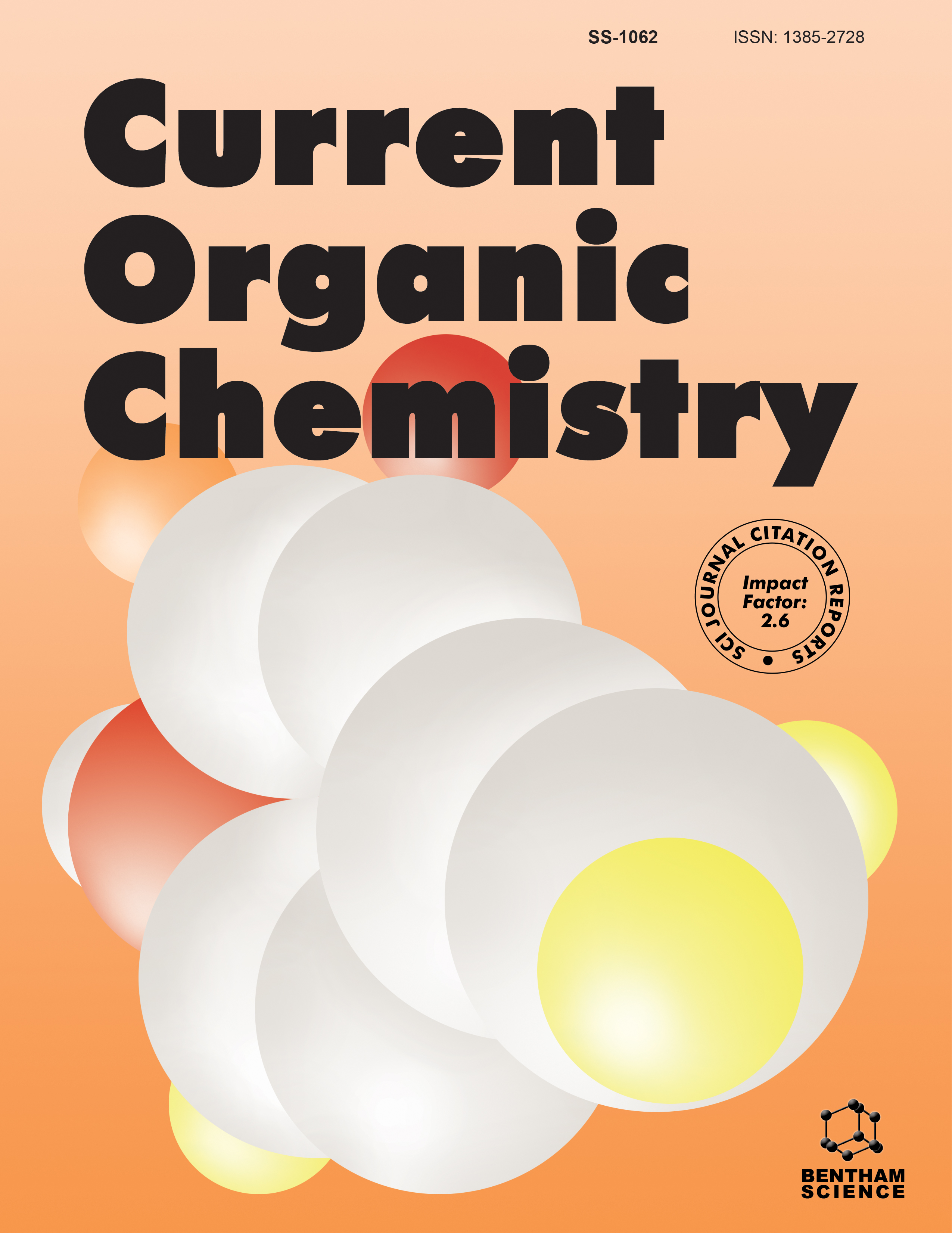
Full text loading...
We use cookies to track usage and preferences.I Understand

Covalent inhibitor drugs or targeted covalent inhibitors (TCIs) are a type of drug category that interact with their target by covalent bond formation. They represent a unique category having desired properties such as high potency and longer duration of action, making them an attractive opportunity to pursue by researchers in drug discovery. In history, covalent inhibitors were often discovered serendipitously (e.g. aspirin and penicillin). However, modern times have witnessed numerous cases of rational design of these drugs, which has caused their rise to occupy a significant fraction of marketed drugs (over 30%). Here, we have given an overview of the discovery process of covalent inhibitors, including target identification/validation, warhead selection and optimization, linker design and conjugation and the role of computational tools in covalent inhibitors. To conclude, the challenges in this field and future directions to foresee are discussed. The objective of this article is to provide a summary of the general development process of covalent inhibitors as well as prospects or research gaps awaiting to be solved to overcome the challenges that hinder the discovery of covalent drugs.

Article metrics loading...

Full text loading...
References


Data & Media loading...